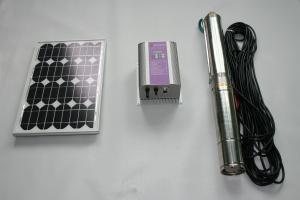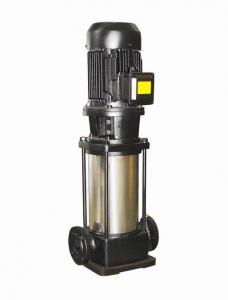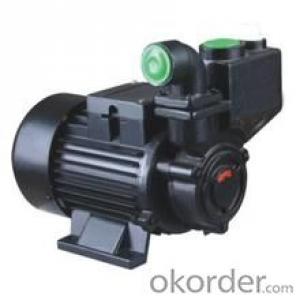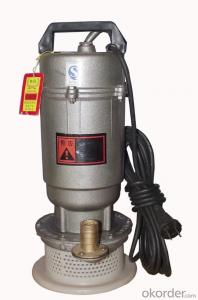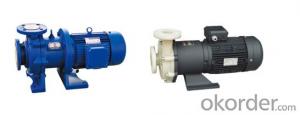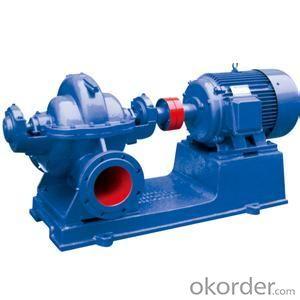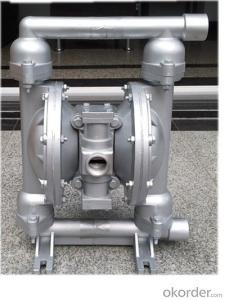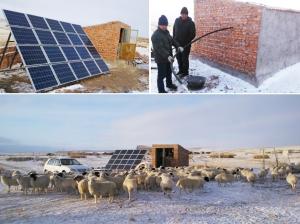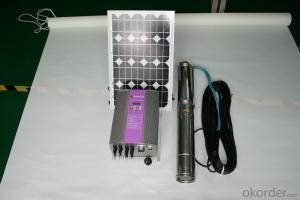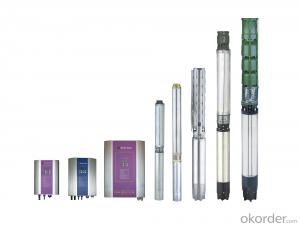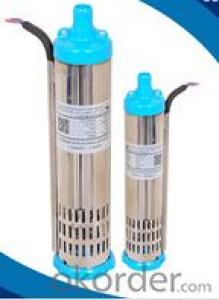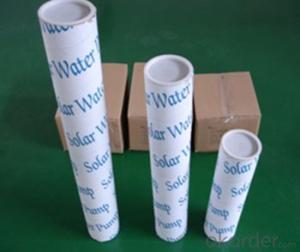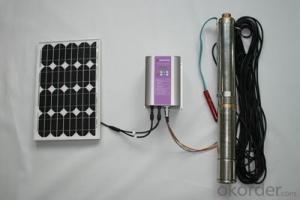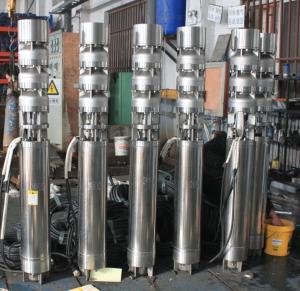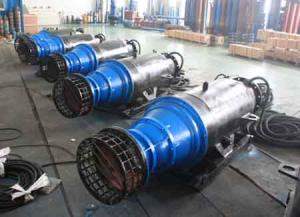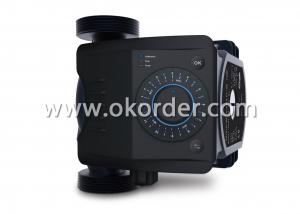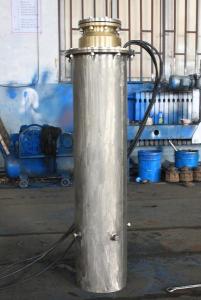Solar Pump Systems for Irrigation or Home
- Loading Port:
- Shanghai
- Payment Terms:
- TT OR LC
- Min Order Qty:
- 10 unit
- Supply Capability:
- 20000 unit/month
OKorder Service Pledge
OKorder Financial Service
You Might Also Like
Products Solar Pump Systems for Irrigation or Home
Technical Features
Solar Water Pump is a pumping device powered by solar energy, consists of a solar pumping inverter and a deeo well pump, mainly used for agriculture irrigation, desert control, pasture animal husbandry, city waterscape, seawater desalination, living water supply and so on.
Features
1. Use solar energy, need no connection to grid.
2. Automatically operation, maintenance free.
3. Easy to install and move, high universality.
4. Clean and green, high economic benefits.
5. solar pump kit also named solar water pumps, solar pond pump, solar borehole pump, solar funtain pumps, solar powered water pump, solar irrigation pump, solar deep well pump, and solar submersible pump.
Specifications
Model | Pump Spec. | Adapting Water Head | Daily Water Supply | Outlet internal Dia. | Adapting well Dia. | Recommended Open Circuit Voltage | Recommended MPP Voltage | |
SPA4370010 | 3PH 220V 50Hz | 47-32m | 1-10 m3 | 30mm | 1"1/4 | 100 mm | 350-450VDC | 280-350VDC |
SPA4370020 | 3PH 220V 50Hz | 29-20m | 10-20m3 | 30mm | 1"1/4 | 100 mm | 350-450VDC | 280-350VDC |
SPA4550010 | 3PH 220V 50Hz | 70-48m | 1-10m3 | 30mm | 1"1/4 | 100 mm | 350-450VDC | 280-350VDC |
SPA4550020 | 3PH 220V 50Hz | 40-28m | 10-20m3 | 30mm | 1"1/4 | 100 mm | 350-450VDC | 280-350VDC |
SPA4550040 | 3PH 220V 50Hz | 23-15m | 20-40m3 | 40mm | 1"1/2 | 100 mm | 350-450VDC | 280-350VDC |
SPA4750010 | 3PH 220V 50Hz | 81-56m | 1-10m3 | 30mm | 1"1/4 | 100 mm | 350-450VDC | 280-350VDC |
SPA4750020 | 3PH 220V 50Hz | 60-41m | 10-20m3 | 30mm | 1"1/4 | 100 mm | 350-450VDC | 280-350VDC |
SPA4750040 | 3PH 220V 50Hz | 29-19m | 20-40m3 | 40mm | 1"1/2 | 100 mm | 350-450VDC | 280-350VDC |
SPA4750060 | 3PH 220V 50Hz | 15-8m | 40-60m3 | 50mm | 2" | 100 mm | 350-450VDC | 280-350VDC |
SPA4750100 | 3PH 220V 50Hz | 7-6m | 60-100m3 | 50mm | 2" | 100 mm | 350-450VDC | 280-350VDC |
SPA41K1010 | 3PH 220V 50Hz | 93-63m | 1-10m3 | 30mm | 1"1/4 | 100 mm | 350-450VDC | 280-350VDC |
SPA41K1020 | 3PH 220V 50Hz | 79-54m | 10-20m3 | 30mm | 1"1/4 | 100 mm | 350-450VDC | 280-350VDC |
SPA41K1040 | 3PH 220V 50Hz | 43-27m | 20-40m3 | 40mm | 1"1/2 | 100 mm | 350-450VDC | 280-350VDC |
SPA41K1060 | 3PH 220V 50Hz | 23-12m | 40-60m3 | 50mm | 2" | 100 mm | 350-450VDC | 280-350VDC |
SPA41K1100 | 3PH 220V 50Hz | 12-8m | 60-100m3 | 50mm | 2" | 100 mm | 350-450VDC | 280-350VDC |
SPA41K5010 | 3PH 220V 50Hz | 128-87m | 1-10m3 | 30mm | 1"1/4 | 100 mm | 350-450VDC | 280-350VDC |
SPA41K5020 | 3PH 220V 50Hz | 99-68m | 10-20m3 | 30mm | 1"1/4 | 100 mm | 350-450VDC | 280-350VDC |
SPA41K5040 | 3PH 220V 50Hz | 51-33m | 20-40m3 | 40mm | 1"1/2 | 100 mm | 350-450VDC | 280-350VDC |
SPA41K5041 | 3PH 220V 50Hz | 60-39m | 20-40m3 | 40mm | 1"1/2 | 100 mm | 350-450VDC | 280-350VDC |
Pictures: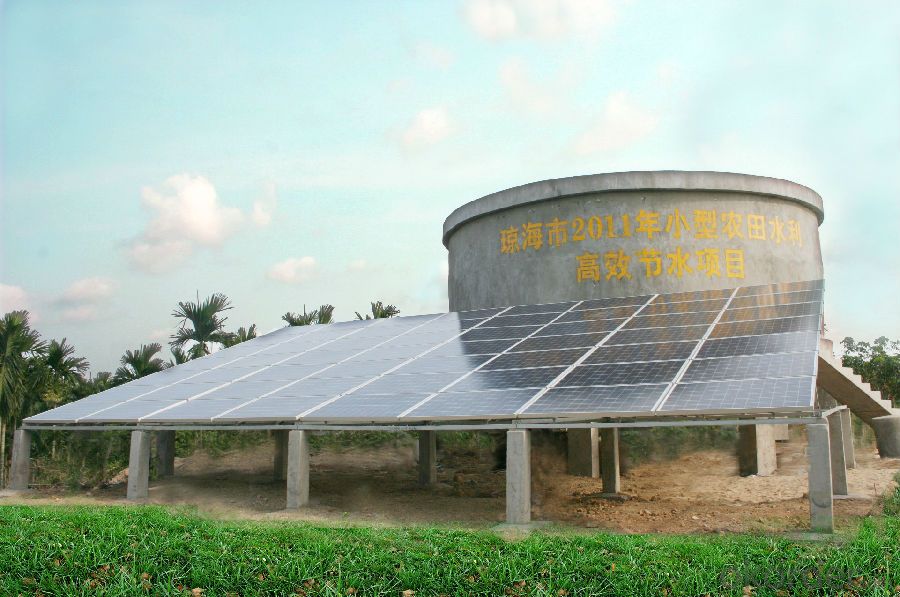
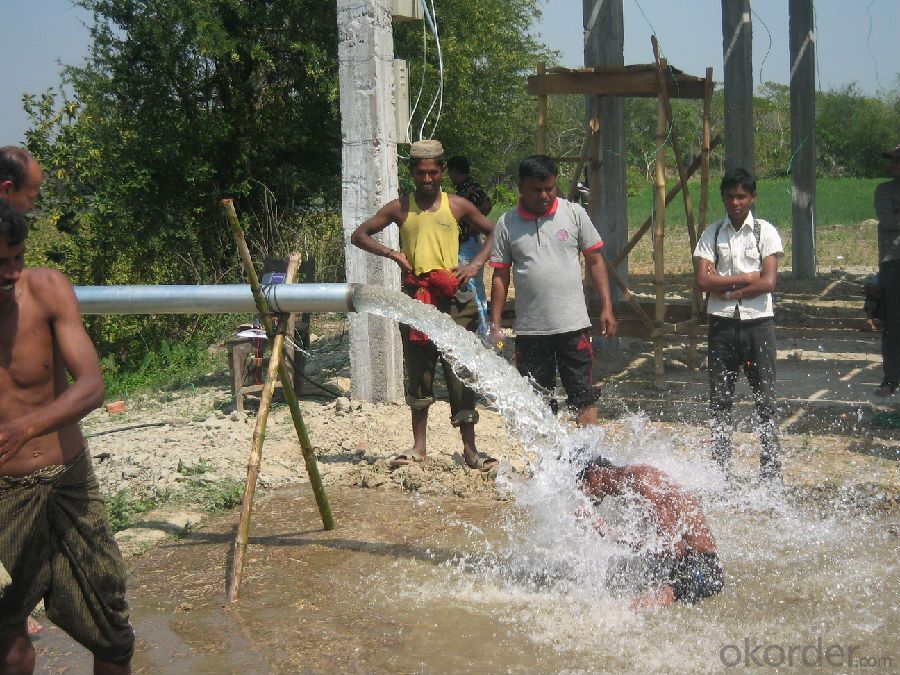
- Q: my water pump has gone south on me and I want to repair it myself any ideas on how to will be greatly appreciated, do to space between the water pump of the engine and the chasi or body of the van that makes working on thi vehicle kind of difficult any knoledgeable instruction will be welcome. thanks for the help. I am in California,the name is Elmer
- Here's okorder /
- Q: what makes pump come on every 10 seconds when water is on
- Your tank is water logged add air to the top of the tank and this will take care of the problem.
- Q: I have a 94 Mazda b2300 it was working great last week then all the sudden it started making a knocking sound and started to overheat! Its still drivable but it overheats if i go far! A friend told me it can be the Water Pump so i put a new one, I was told it can be the Thermostat so i had a new one put in. It worked for awhile but began overheating again. My truck is my livelihood so its important i get it fixed! I cant afford a mechanic but just asking to see if anyone knows what it could possibly be? It catches good and the engine sounds strong but it keeps overheating!
- Have the radiator wiped clean out. My Mazda truck radiator did a similar ingredient, and that i trust that you've a similar difficulty. in the experience that they could't clean it on the radiator shop, you're able to replace it.
- Q: I think my water pump is leaking and I want to replace it, but I can't figure out how to get the pulleys off. There is a large nut on the shaft that the pulleys are on, and I can't figure out how to remove it, or if the nut is attached to the shaft, and the entire shaft is supposed to come out, or how it's set up. Please help. Pictures would be great if possible. Thanks!
- take bolts and nuts off of fan and take off , might have to pry because of rust , corrosion . then take bolts out of the water pump , once all bolts are out , tap with rubber hammer or pry by hand, pump will separate , because of close quarters with radiator be careful not to damage radiator by accidentally hitting it
- Q: The at is a 2003 Toyota celica. And how much would it cost to get the water pump and timing belt replaced?
- You don't have a timing belt on the 1.8L (1ZZ-FE) engine, It has a timing chain! The water pump is driven from the serpentine belt and the labor to replace it calls for 1.8 hours (about $180) and the pump list for $52.99 and it is always wise to replace the thermostat and thermostat O-ring, and that will run you $18.00 and 1 gallon of global coolant $15.00 So your looking at about $280.00 after tax. @ The Interwebz dude, if you like typing so much, why don't you do some clicking so you can do some research before you type!
- Q: My 2000 Pontiac Sunfire has been overheating and I recently changed the thermostat thinking that was the problem. The new thermostat didn't help and the engine is still over heating. I am starting to think it might be the water pump. How can I tell for sure? When I changed the thermostat and refilled the coolant tank I left the cap off and started the car to work out the air. I was told I should see bubbles in the tank but nothing happened, I thought this might be a sign of a bad water pump. I think I will be able to change the water pump on my own I just want to know for sure if that is the problem.
- bubles would be a bad thing commmon issue with the cavalier and sunfire is blown head gasket and they overheat big bubbles coming up in the tank is the sign of a blown head gasket and they always overheat then if no bubbles then thermostat is usually whats wrong in these cars. makre sure you bleed the air out of the black steel tube in front of the engine there is a bleeder screw on it also makre sure the cooling fan and relay work by unplugging the CTS sensor on the driver side end of the head, black oval shaped two wire plug takes a few seconds to kick on
- Q: Does the pump accessories have a shelf life?
- Yes, it's probably a year
- Q: i have a 1996 infiniti i30t and its leaking from underneath the car so i took it in to get it diagnosed and they said i need a new water pump and they are trying to charge me 500 dollers and if i need a new timing belt i have to pay a 1000 dollers. is there a cheaper way i can fix my car. it started to over heat today and this sucks cause its my only car my parents wont buy me a new car so im stuck with this stupid old car and i have to pay for it they wont help me. can someone help me?
- Go to Autozone and buy a repair manual for it. In that repair manual, it will tell you how to replace the water pump. All you need to do is buy the parts and tools that are needed for that. The manual should tell you what tools you need also.
- Q: I have just replaced the timing belts on my 94 Civic Si and my 00 Elantra GLS. Both were done at different shops, but i got the same hounding to replace the water pump when doing the belt. My Elantra has 66k and my Civic 85k and i know how important the timing belt is-especially with a negative clearance engine like the VTEC. previously, i've never been told to replace the waterpump with the timing belt til now. is this just a ruse to extort more money out of me, or is there some validity in what the guy behind the counter is saying??
- Not sure about Elantra, but for Honda, the water pump is driven off of timing belt. If you are going to put in 4 hours of labor tearing up to replace timing belt, it would be silly not to replace the water pump because if water pump goes out, then you have to put in that 4 hour labor again. In my experience, water pump life is around 80 - 120K for most cars.
- Q: In case our electric goes out we would like to be able to run the water pump (for the well) via solar panel. Can you give me instructions, pitfalls, recommendations, links etc to help me get started?The more solar info i can get the better!thanks 10 points on offer!Our sunlight is unobstructed
- Build okorder /
Send your message to us
Solar Pump Systems for Irrigation or Home
- Loading Port:
- Shanghai
- Payment Terms:
- TT OR LC
- Min Order Qty:
- 10 unit
- Supply Capability:
- 20000 unit/month
OKorder Service Pledge
OKorder Financial Service
Similar products
Hot products
Hot Searches
Related keywords
